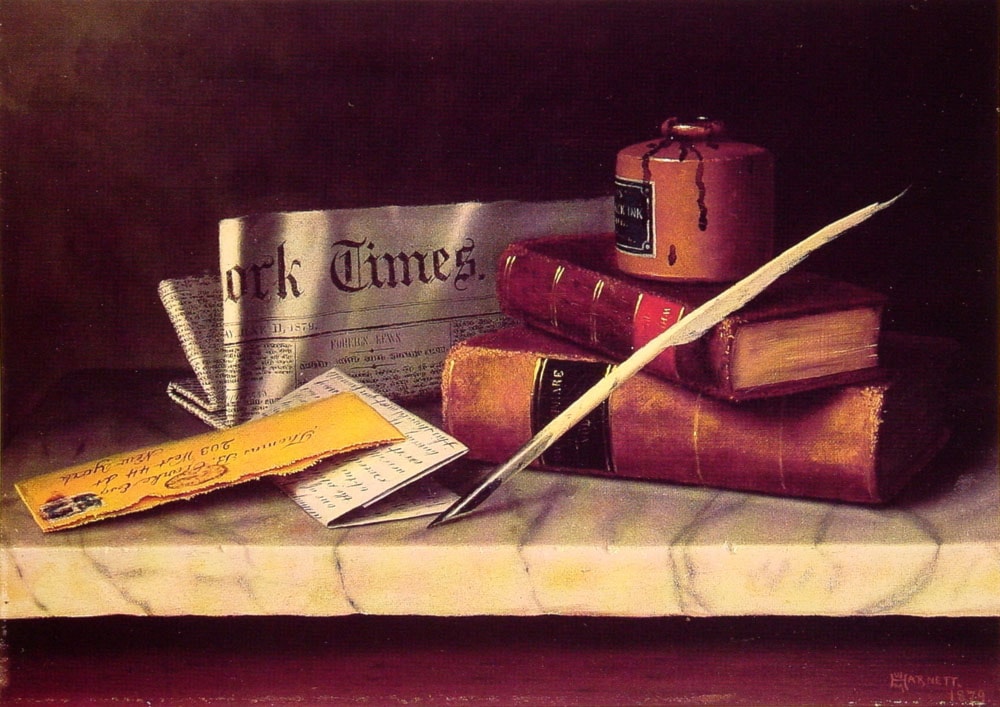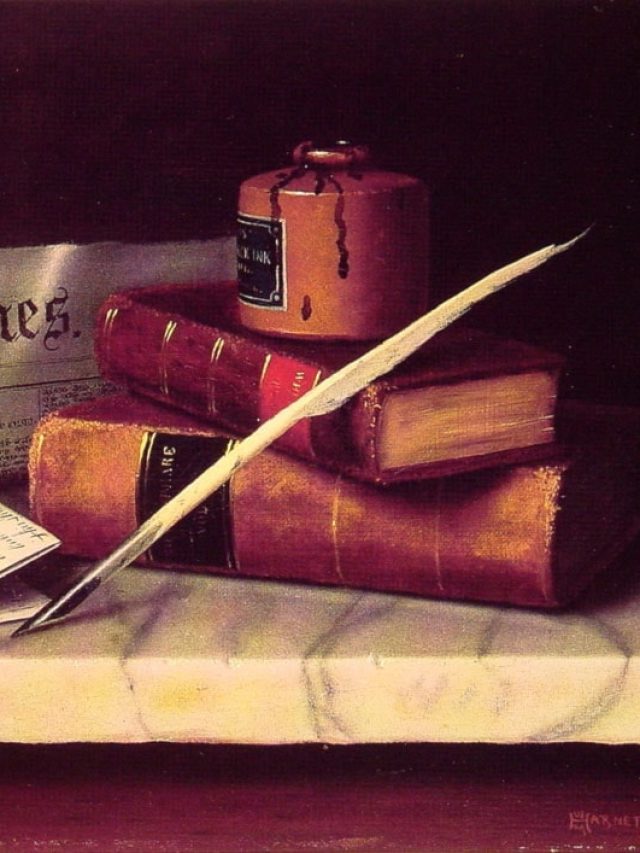Born on August 10th, 1848, in Ireland, on this day, we commemorate the birth of William Harnett, an artist whose mastery of the trompe-l’œil technique left an everlasting mark on the world of still-life painting.
William Harnett’s Artistic Trajectory
Harnett’s artistic journey began in Philadelphia, where he moved as a young boy. He initially trained as an engraver, which laid the foundation for his keen attention to detail and precision. Over time, his focus shifted to painting, and he embarked on a career that would define him as one of the pioneers of Trompe-l’œil, a style that deceives the eye into perceiving a painted object as real.
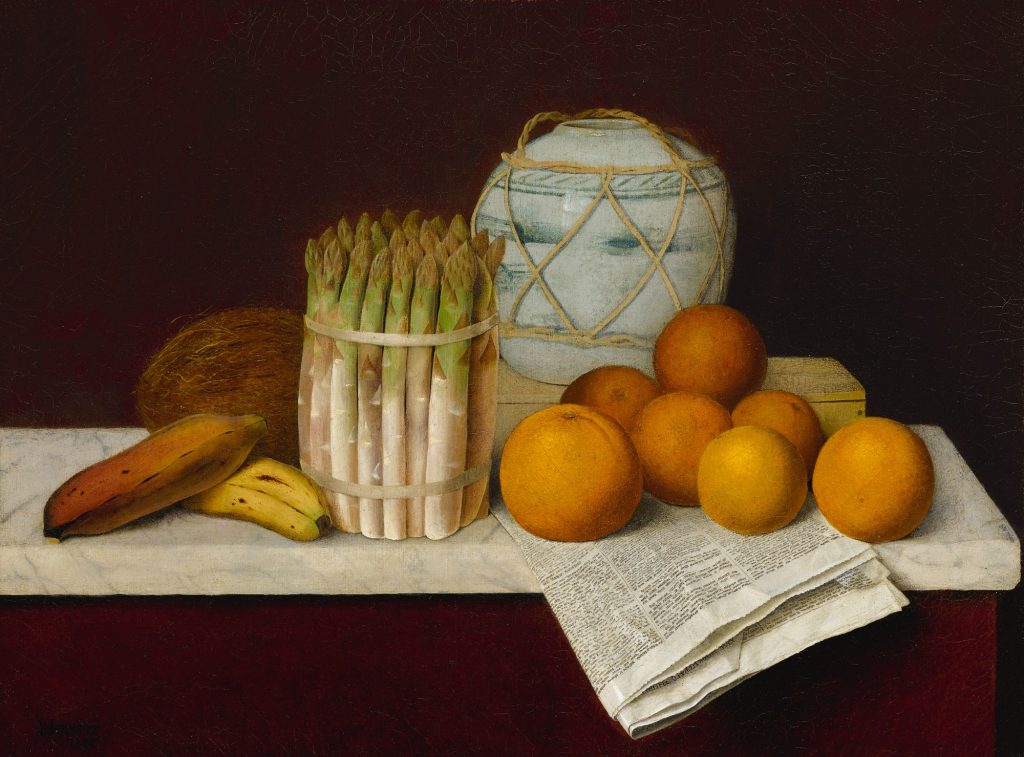
Courtesy: Sotheby’s
One of Harnett’s most distinctive qualities was his ability to elevate everyday objects to the realm of art. His compositions often featured common items—books, pipes, musical instruments, currency, and more—rendered with stark realism. His keen observation and meticulous technique made viewers question reality as they took a glimpse of his works, sometimes mistaking painted objects for tangible ones.
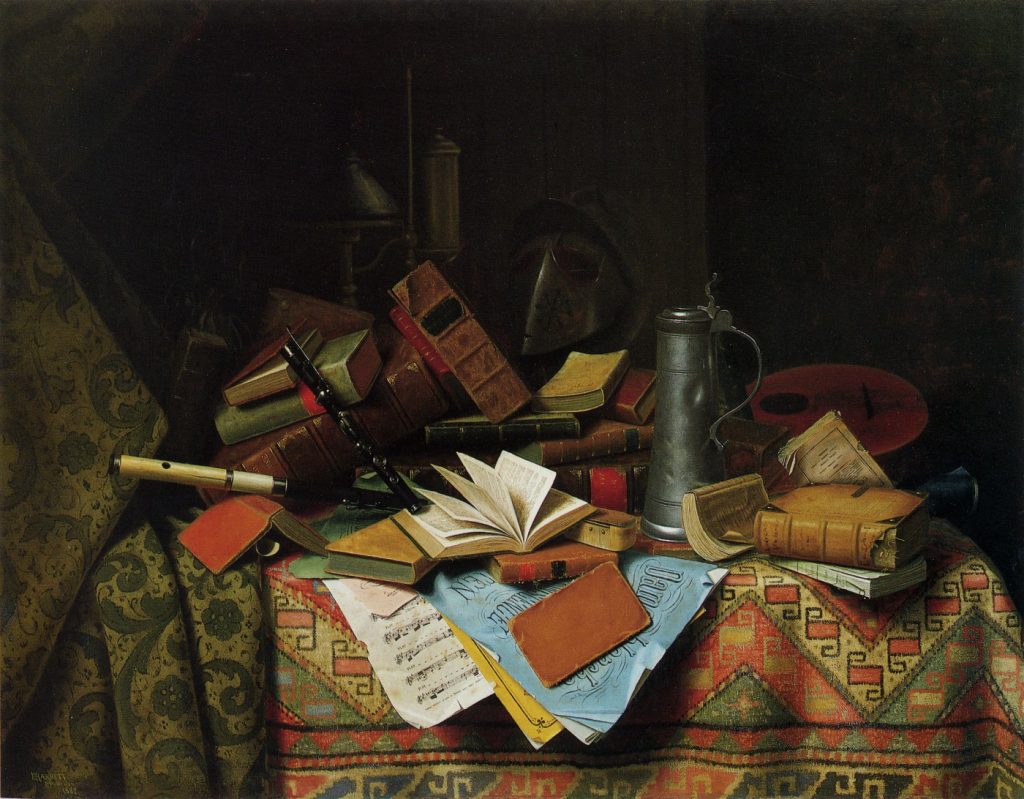
Harnett’s career reached its peak during the late 19th century, a period marked by rapid industrialization and the emergence of still-life painting as a respected genre. His mastery of trompe-l’œil allowed him to play with visual tricks and optical illusions, inviting viewers to engage in a playful dance between perception and reality.
William Harnett Artworks
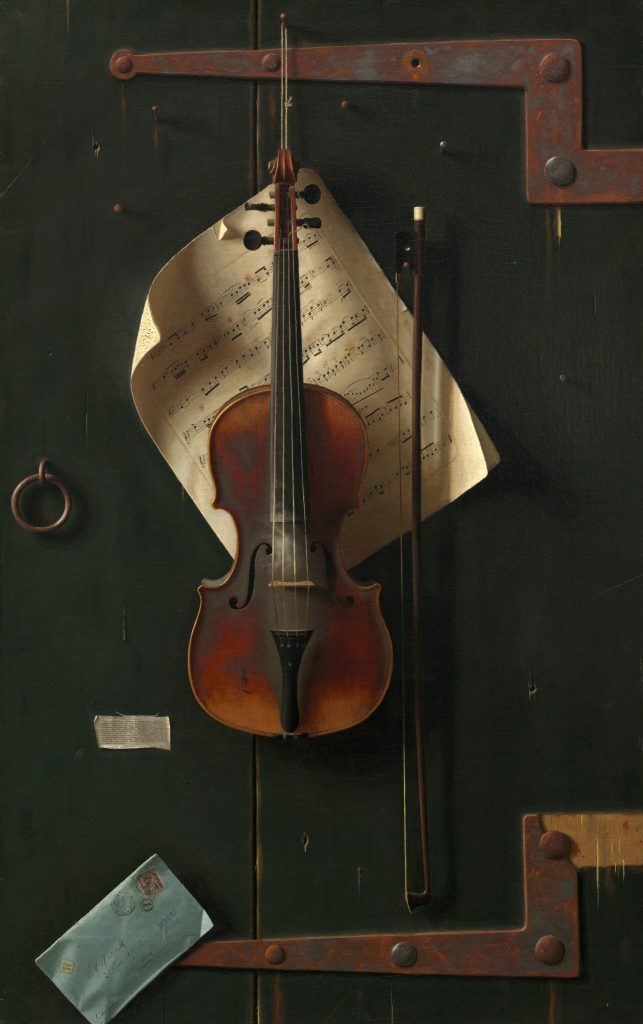
Courtesy: National Gallery of Art
Among his notable works, “The Old Violin” stands as a testament to his stature as an artist. Painted in 1886, this piece portrays a weathered violin suspended on a wooden panel, flanked by yellowing sheet music and a letter. The texture of the wood, the creases on the paper, and the patina on the violin evoke a sense of nostalgia and a connection to the past. It’s a testament to Harnett’s ability to infuse objects with emotions and narratives, transcending their mere physicality.
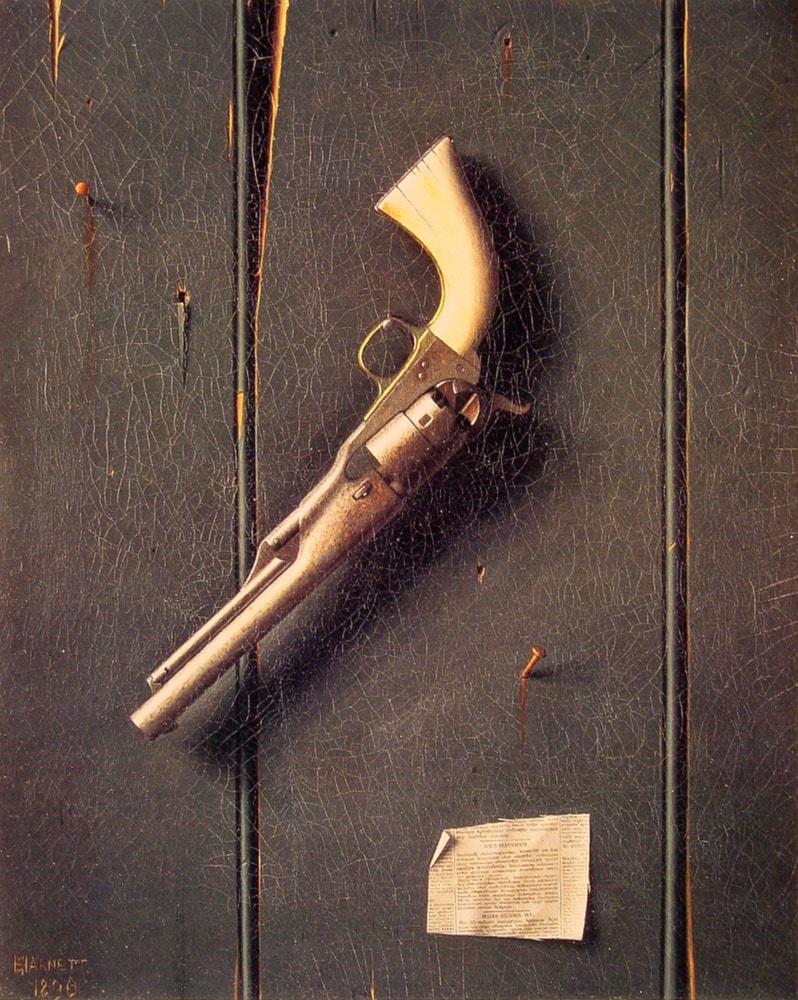
Courtesy: Art Renewal Centre
“The Faithful Colt,” another masterpiece from Harnett’s oeuvre, showcases a revolver lying atop a folded newspaper. The glint of the metal and the delicate crumpling of the paper create a dynamic interplay between light and shadow, further enhancing the illusion of three-dimensionality.
Harnett’s artistry was not confined to aesthetics; it also reflected societal nuances of his time. His compositions often incorporated symbols of wealth, cultural exchange, and transience. Through his work, he captured the essence of an era undergoing significant transformations.
As we celebrate his birth anniversary, let us continue to appreciate the intricate beauty he brought to seemingly ordinary objects, forever immortalizing them on canvas.
Read More:
11 Famous Art Forms of India that You Should Definitely Check Out

